By: Lisa Farren, Director, Marketing and Communications
Heraclitus, the Greek philosopher, is known for saying, “The only constant in life is change.” His words continue to ring true. As time marches on, things change. Adapting to the changes is necessary for survival. Healthcare as an industry is no different.
Since the first third of the 20th century, we have seen tremendous change and evolution in Healthcare, specifically how and where care is delivered and with the patient-provider relationship. What started with physicians traveling to patients’ homes with the now iconic “black bag” gave rise to family and community practices in the 1950s, with patients traveling to seek care. Similarly, tests, surgeries, and other procedures were hospital-based.
Healthcare continued to evolve from the 1970s to the 1990s with a rise in urgent care and walk-in clinics to meet the need for people to access care outside of regular business hours. During this time, outpatient and ambulatory surgical centers also emerged, creating efficiencies in care while shifting specific procedures away from the traditional hospital setting.
More recently, telehealth emerged, leveraging technology to redefine patient care. With telehealth, patient and provider interactions are no longer predicated by physical location. The COVID-19 pandemic fast-tracked mainstream acceptance and adoption of telehealth, resulting in exponential growth.
Enter the age of Healthcare Consumerism. Like all other goods and services, patients approach Healthcare with a consumer mindset, demanding Healthcare on their terms and schedules. Choice, flexibility, and price transparency are critical considerations in the minds of healthcare consumers.
The market is responding with a steady stream of new entrants offering boutique healthcare in the form of specialized and/or customized niche services. Smartphones provide easy access to a wealth of information and options.
Patient empowerment is unprecedented as the market explodes with self-serve options. Wearable devices monitor heart rate, pulse, and sleep quality, home EKG and other devices are often seen as an opportunity to bypass healthcare providers altogether by placing the power of information at people’s fingertips. Direct-to-consumer advertising from pharmaceutical manufacturers and home test kits generate awareness and create demand, leading to patients requesting brand-name drugs and tests.
We are in a healthcare renaissance. At-home testing provide near-instant results to everything from food allergies to infertility genetic testing and even disease risk. Specialty care delivery is rapidly evolving toward an e-commerce model with new market entrants providing click-and-pay online specialty care for dermatology, behavioral and reproductive health.
Technology continues forging forward at breakneck speed, transforming how we live and experience our world. Leading the charge is artificial intelligence (AI). Who or what may predict what is next? Perhaps a real-world Tricorder as imagined in the Star Trek series, a device capable of instantly diagnosing disease. It may sound like science fiction, however, advances toward this reality are being made. In fact, nearly a decade ago, telecommunications giant Qualcomm initiated an XPrize. The worldwide competition offered a $10 million prize to a winning team that could create a Tricorder-style device capable of diagnosing 13 conditions and accurately monitoring five vital signs in real-time, all while offering a positive user experience.1 More recently, the AI chatbot ChatGPT launched in 2022 successfully passed the US Medical Licensing Exam without clinical input.2
The future is now and the race is on. We can only imagine what innovations are yet to come for Healthcare. What is certain is the need to embrace the ride or face falling behind.
1 https://www.xprize.org/prizes/tricorder
2 https://healthitanalytics.com/news/chatgpt-passes-us-medical-licensing-exam-without-clinician-input
